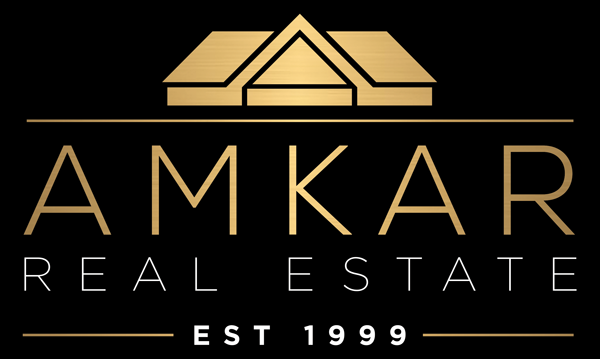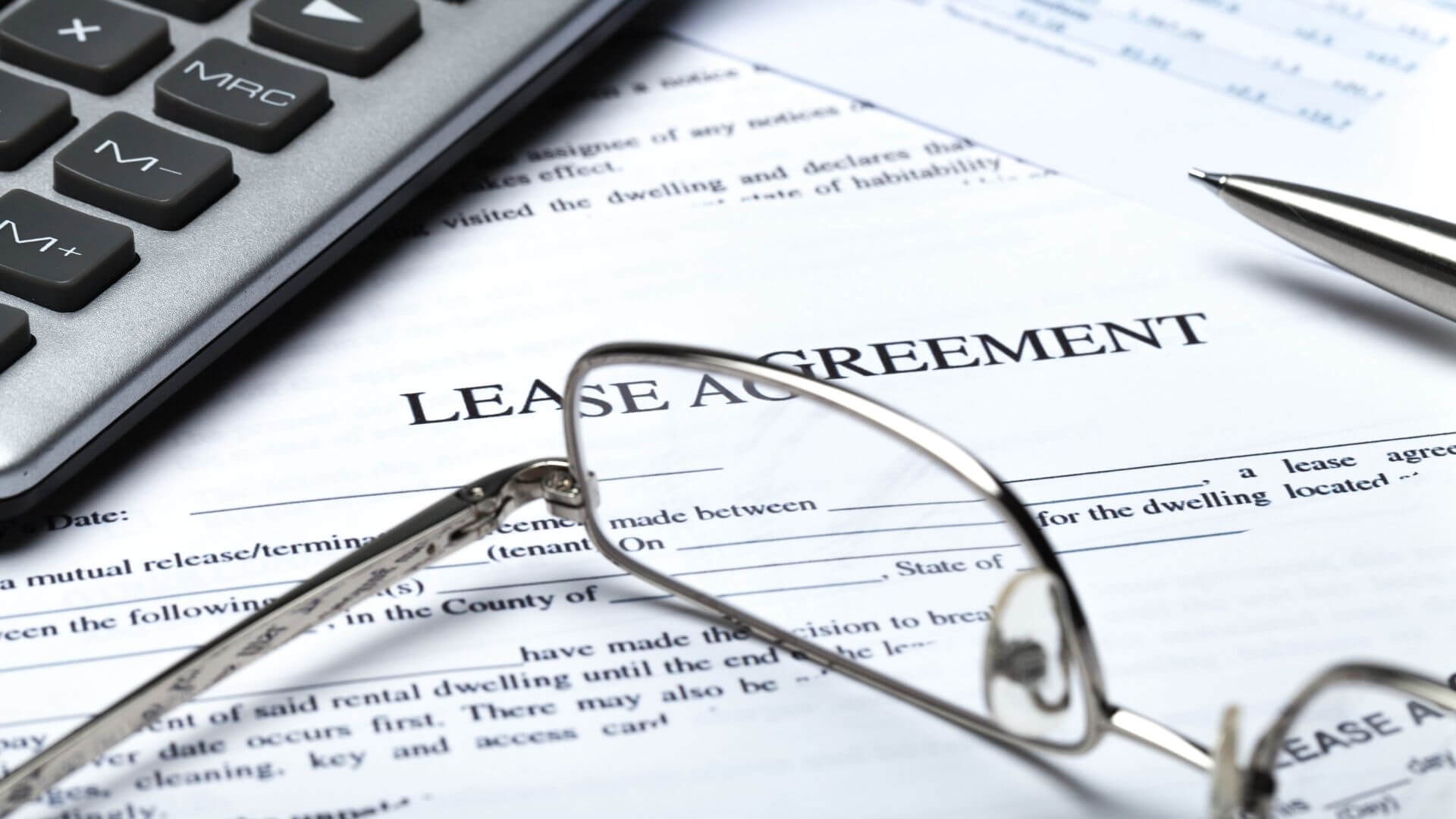Lease agreements are essential for both tenants and landlords, acting as the legal backbone of the rental relationship. These documents outline the rights and obligations of each party, making it crucial for everyone involved to fully understand the terms they’re agreeing to. Like any contract they can be a bit confusing and full of jargon so let’s break down the key components and what they mean for you, whether you’re renting out your property or moving into a new home.
Key Components of Your Lease Agreements
Lease agreements in South Australia cover everything you need to know about renting a property, from who’s involved to how you’ll pay. Here’s a quick breakdown of the other crucial parts:
Rent and Bond: This part tells you how much rent you’ll pay and the bond amount, which is like a security deposit. It’s important because it outlines your financial commitments.
Payment Methods: How you pay your rent is outlined here, ensuring you know the acceptable ways to transfer funds to your landlord.
Water Use and Supply: This clause clarifies who pays for water usage and supply. In South Australia, tenants often contribute to water charges, so understanding this part helps avoid surprises in your utility bills.
Understanding these components is key to a smooth rental experience. It ensures you’re aware of your rights and responsibilities, making for a happier tenancy. If you’re ever in doubt, it’s worth chatting with a professional to get clarity.
Rights and Responsibilities
Understanding the balance of rights and responsibilities is crucial for both landlords and tenants to maintain a harmonious living environment. Here’s a simplified breakdown:
Landlord’s Responsibilities: Landlords must ensure the property is in a clean and habitable condition at the start and maintain its state of repair throughout the tenancy. This includes complying with health and safety standards.
Tenant’s Obligations: Tenants are expected to keep the property reasonably clean, report any damages or necessary repairs, and avoid causing any intentional harm to the premises.
Tenant’s Rights: Tenants have the right to enjoy their rented property in peace, comfort, and privacy. This means living without unnecessary disturbances from the landlord or others.
Landlord’s Right of Entry: While landlords have the right to enter the property, this must be done within reasonable hours and with proper notice, except in emergencies, respecting the tenant’s right to privacy.
Balancing these rights and responsibilities ensures a respectful and legally compliant relationship, contributing to a positive rental experience for both parties.
Special Lease Agreements Clauses You Should Know
In every lease agreements, some special clauses need extra attention:
Alterations and Additions: Want to make the place feel more like home? You usually need your landlord’s written approval for any changes, like painting walls or installing fixtures. But remember, they can’t unreasonably say no to essential safety features or accessibility improvements.
Subletting: Thinking about subletting a room or the whole property? You’ll need your landlord’s permission first. They can’t unfairly refuse, but might charge you for any reasonable costs involved in giving consent.
Insurance: It’s up to the landlord to insure the building and any fixtures. As a tenant, you’re responsible for insuring your belongings.
Ending the Lease: To end a lease, both landlords and tenants must give proper notice. For tenants, it’s usually around 28 days, but check your agreement. Landlords need a valid reason, like major breaches of the lease or plans to sell the property, to ask you to leave.
Understanding these clauses helps keep surprises to a minimum and ensures everyone’s on the same page. For more support in understanding your lease agreement, contact our friendly team here.
Remember, this article is general in nature and is not financial or legal advice. Please consult your professional financial and legal advisors before making any decisions for yourself.

